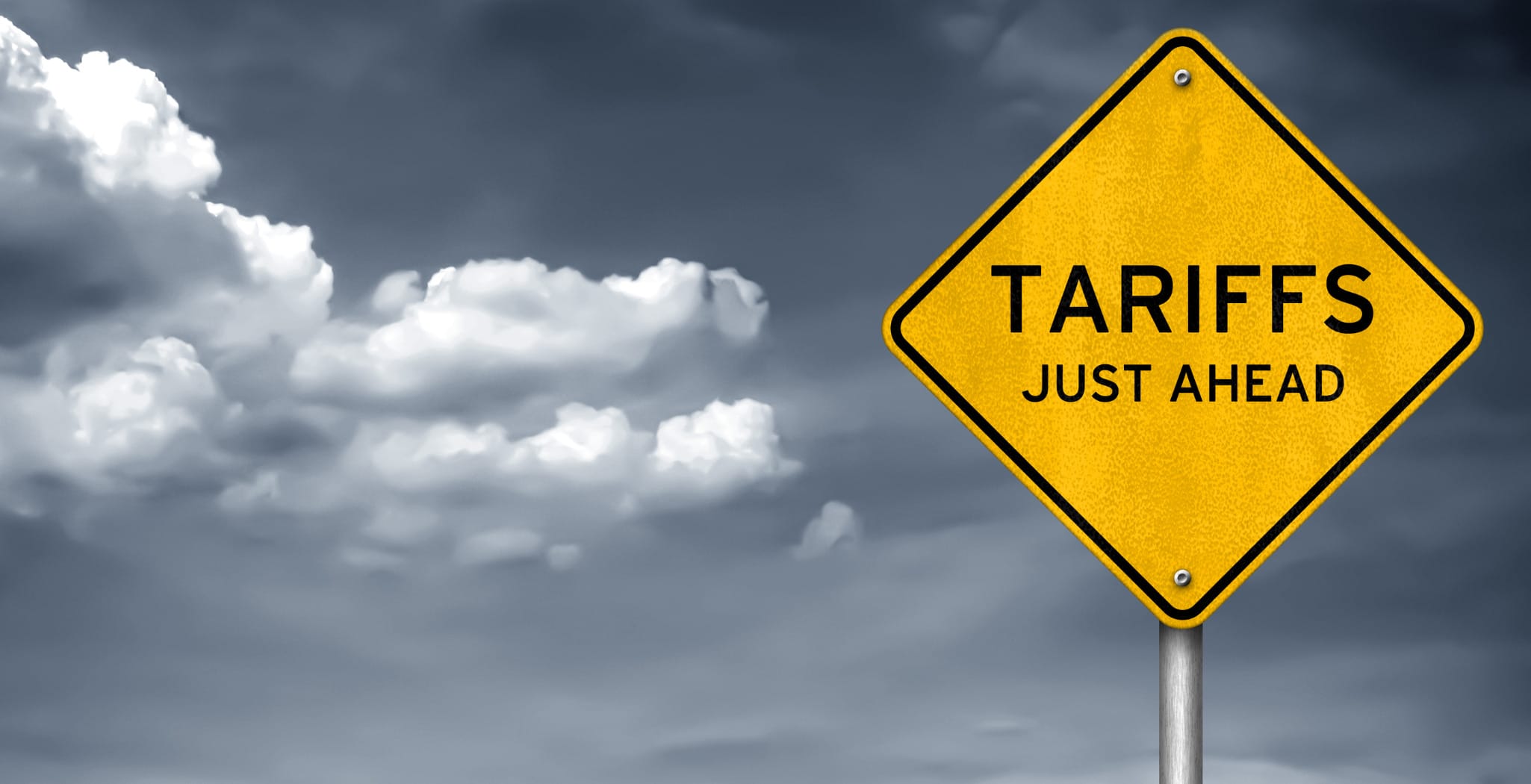
As the number of cases of the novel coronavirus, COVID-19, rises daily around the world, it has become apparent just how quickly and swiftly it will affect the global supply chain. Business analyst experts have been studying the tremendous impact and what effects and implications it will pose to the economy, especially in China, who were hit with the virus first and arguably hardest.
According to Nick Vyas, executive director of the Center for Global Supply Chain Management at the USC Marshall School of Business, he and other specialists expect the COVID-19 pandemic to “force a supply chain redesign.” As such, it will bring the supply chain closer to consumer demand, either on-shore or near-shore.
“We will begin to see more focus on supply chain resiliency and risk mitigation and global supply chain management in international settings,” Vyas adds. “We will also be seeing a push for more diversification. If there were more diversification of supply chain nodes across the globe, we would not see the impact of disruption we see now.”
What the COVID-19 virus is doing to the Asia Supply Chain should not be treated as an aberration, says George Bailey, Managing Director of the Digital Supply Chain Institute and contributor to ‘Forbes.’ The virus is reducing the number of products or components being made in China, thus severely limiting the global market.

Alternatives are being developed in manufacturing “War Rooms,” something that has been implemented in times of crises since the SARS epidemic in 2003. Bailey adds that War Rooms should be led by supply chain executives with representatives from sales, marketing, operations, IT and finance, that should develop alternative supply sources and determine the most effective measures to protect employee health via travel bans, virtual meetings, and enhanced sanitation.
Accordingly, companies are immediately encouraged to:– Set up a war room that reports directly to the Executive Committee.
– Establish risk exposure in terms of selling into China and your supply chain operations in China.This should include an inspection of Tier 1,2,3 suppliers and their risk exposure.
– Develop a battle plan that takes into account Demand, People, Technology, Risk and implement your plans with speed.
– Decide how you will cope with the increasing spread of the Coronavirus to the rest of the world.
In the long run, Bailey suggests also implementing a “Nomadic Sourcing” requirement, which keeps the supply chain able to rapidly shift locations and execute a digital supply chain, including 3-D manufacturing, that helps speed up execution and have the supply chain leader report directly to the CEO, COO or an executive committee.
Vyas says China manufacturing alternatives could include Mexico, but that would also require its government to stabilize and deal with drug violence and political corruption issues. Other viable options, which many companies are already exploring as of late last year, is a section near China called the MITI-V or the “Mighty Five,” compromising Malaysia, India, Thailand, Indonesia and Vietnam.
These effects however will also require even greater quality control measures. Companies who rely on third party global manufacturing and distribution partners—many with suppliers already impacted by COVID-19, are facing immediate supply chain issues. As an industry, outsourced manufacturing and product design improvements will need to have increased focus and require the coordination of new operational procedures.
With the lasting impact of COVID-19 on global marketing unforeseen and still a great deal of time needed to return to a sense of normalcy, Turnkey Manufacturing in SE Asia has become even more vital since the current demand is much greater than the supply. The best advantage of turnkey manufacturing is that it is implemented very quickly, with less startup investment, saving time and increasing speed to market.
COVID-19 has shifted the way Quality Control Companies assess the supply chain and implement turnkey manufacturing in SE Asia. This pandemic, while creating a truly uncertain economic time bordering on recession, seems to have brought to light the ongoing trade battle between China and the United States that was already causing global manufacturers to rethink their reliance on certain suppliers.
The overall situation will require even greater quality control measures for those who manufacture in China to further diversify the supply chain into other parts of Asia, including heavily the Mighty Five. The cards are still being shuffled, but the novel coronavirus is projected to leave a long-lasting impact and lead to an eventual redesign of the Asia Supply Chain.
Resources:
Contact Us






Follow Us